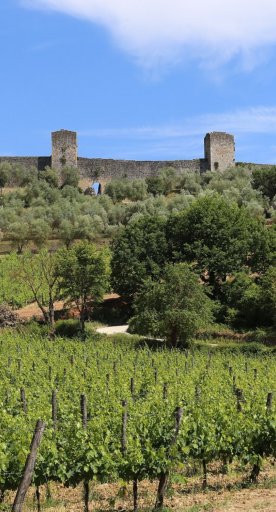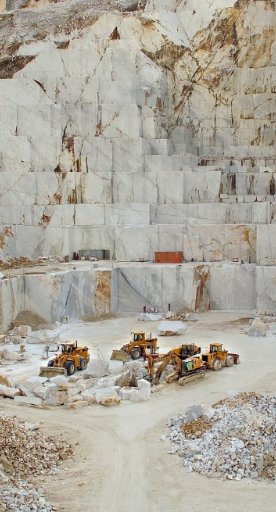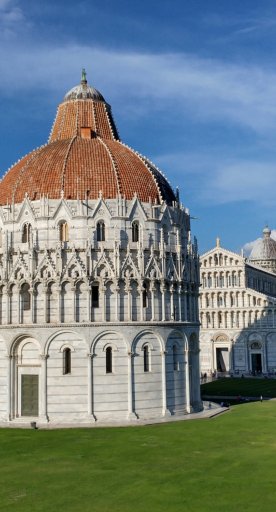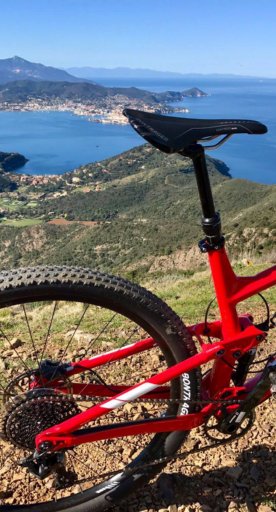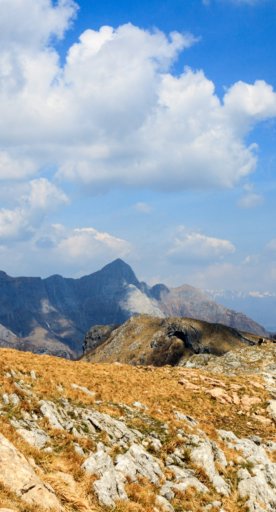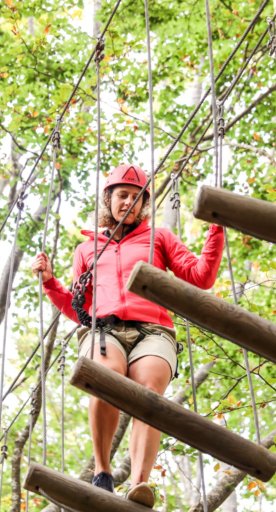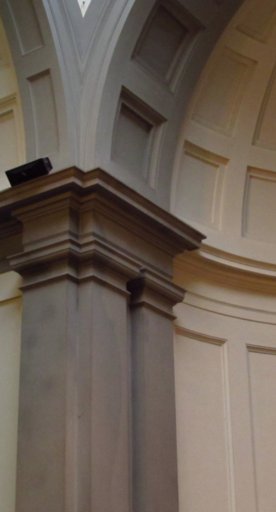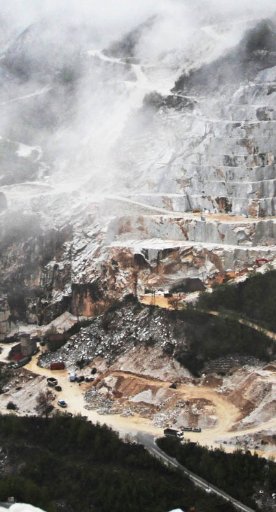

The museums of the coast: art and archaeology near the sea
Tips for experiencing a vacation in Tuscany between the sea, relaxation and history
Tuscany is a region whose greatest qualities include blending natural beauty, food and wine and culture into an irresistible whole. Just along its beautiful coastline, from Carrara to Argentario, you can find numerous places of culture ranging from museums to archaeological sites to the most curious collections. A few examples? Here are some suggestions!
-
1.Apuan Riviera
-
2.Versilia
-
3.Etruscan Coast
-
4.Maremma
-
5.Elba Island
Apuan Riviera
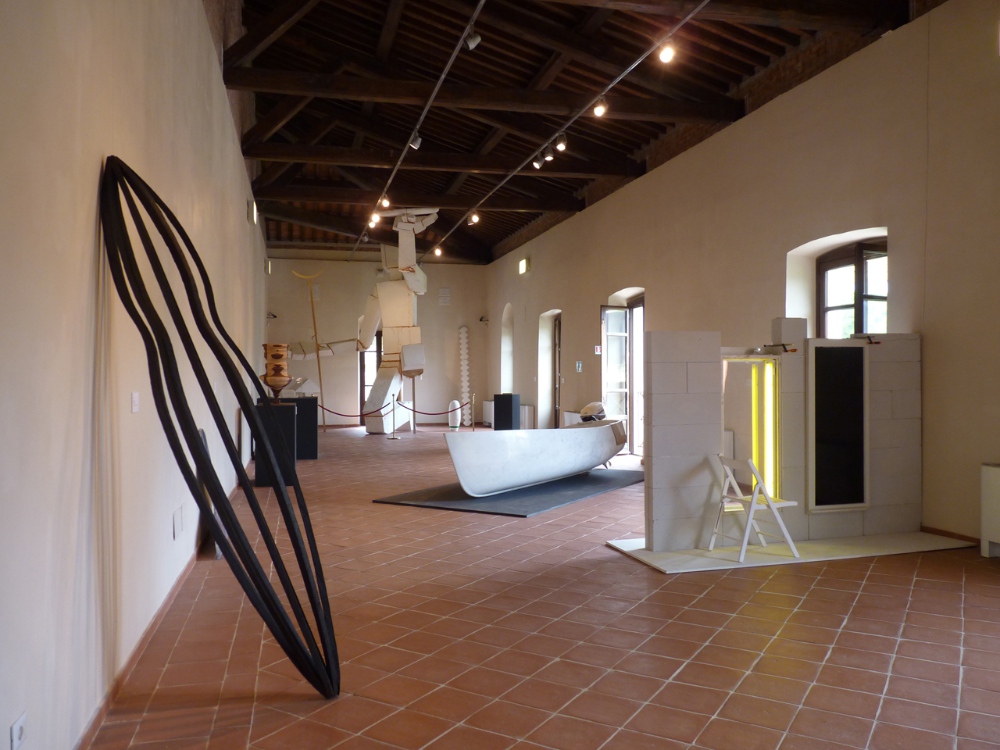
Let's start with the cultural offerings of Carrara: here you can visit the Carrara Museum of Arts, and in nearby Massa, don't miss the Diocesan Museum and the Apuan Ethnological Museum, which showcases objects from the folk culture of Lunigiana.
Versilia
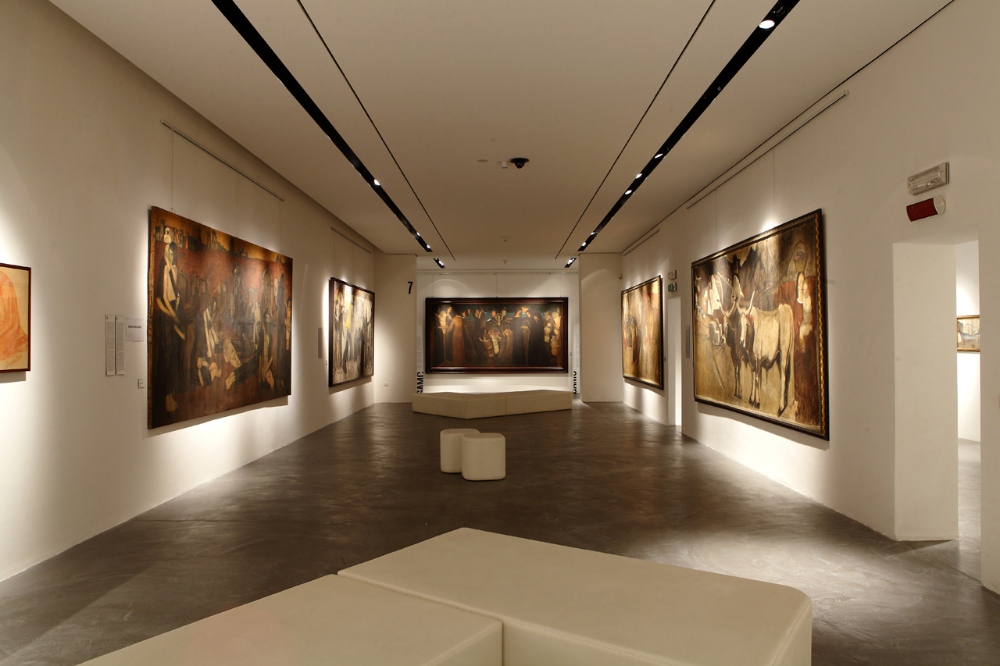
Versilia is also full of interesting insights and attractions: the Massaciuccoli Romana archaeological area is located in Massarosa and preserves the remains of the villa of the Venulei family - 1st century AD - of which we are left with the monumental thermal complex, located in a panoramic position from which we can admire the lake and the coastline to the sea; in Viareggio, the Gamc Gallery-Palace of the Muses is a space devoted entirely to contemporary art, while the Villa Paolina Civic Museums house the "Alberto Carlo Blanc" Archaeological and Mankind Museum - which collects prehistoric evidence from different areas of northwestern Tuscany - the Villa Paolina Monumental Rooms, the Alfredo Catersini Atelier and the Museum of Musical Instruments.
Also in town are the Carnival Museum - the largest thematic center in Italy dedicated to masks - and the Maritime Museum, an itinerary dedicated to sea life.
In Torre del Lago you can visit the residence of Maestro Puccini, the Villa Museum Giacomo Puccini, an Art Nouveau villa built with the collaboration of De Servi, Galileo Chini and Nomellini.
In Camaiore we find the Museum of Sacred Art, where a precious Flemish tapestry from 1516 is housed, while Pietrasanta offers a visit to the family home of Carducci and the Museum of the Models, with more than 700 plaster models of sculptures by Italian and foreign artists.
Etruscan Coast

Along the Etruscan Coast you can visit the Archaeological Civic Museum in Rosignano Marittimo and the Archaeological Park of the Roman Villa of San Vincenzino in Cecina.
In Campiglia Marittima are the Rocca di Campiglia and the San Silvestro Archaeological Mines Park where you can discover the area's ancient mines.
Piombino, on the other hand, boasts the Archaeological Museum of Populonia, the Museum of the Castle and Medieval Ceramics, and the striking Archaeological Park of Baratti, an open-air museum overlooking the sea.
Maremma

Castiglione della Pescaia is home to the striking Casa Rossa Ximenes, a building designed by the Jesuit engineer and mathematician Leonardo Ximenes in 1765 during the Maremma land reclamation works, and the Vetulonia Archaeological Area, an itinerary among the urban excavations of one of the major Etruscan centers.
In Gavorrano - a scenic medieval village - you can visit the Nature Mining Park, which is part of the Archaeological Park of the Metalliferous Hills, while in Follonica you will find the MAGMA - Museum of Cast Iron Arts of the Maremma and the Civic Art Gallery, which hosts temporary exhibitions of modern and contemporary art.
Going down to the Argentario, it is possible to visit the Permanent Exhibitions in the Spanish Fortress in Porto Santo Stefano and the Archaeological Museum of Orbetello, which houses the rich testimonies of the area with artifacts ranging from prehistoric to Roman times: it is located inside the Polveriera Guzman, a historic Spanish military building built in the late 1600s, and it winds its way through an educational and thematic itinerary that traces the history and arts of ancient civilizations, recounting customs, habits and trades.
Elba Island
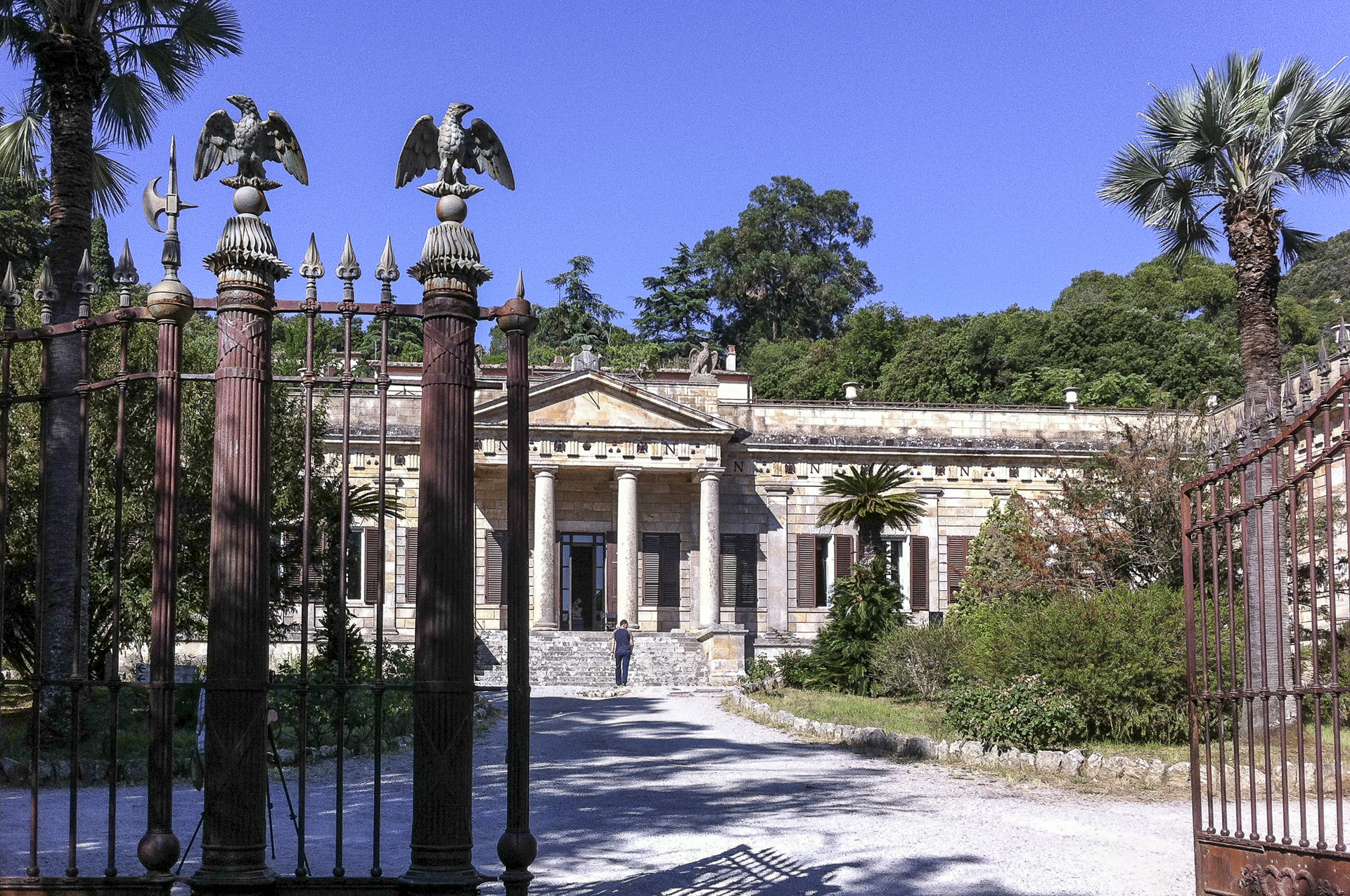
History and archaeology are not lacking on Elba Island either: in Marciana there is the Archaeological Museum and the Numismatic Educational Museum of the Mint; while in Portoferraio there are the Palazzina dei Mulini - in the oldest part of the town - and Villa San Martino, which make up the National Museum of Napoleonic Residences.





